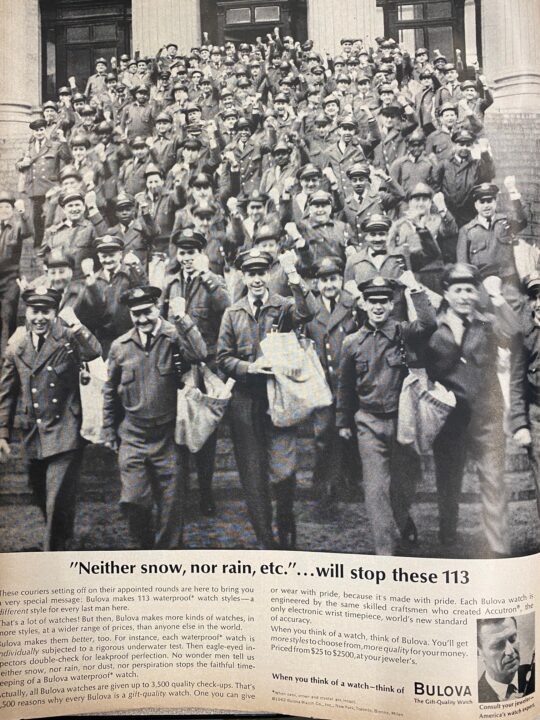Postage Stamps to Increase By Over 6%? History of U.S. Stamp Prices

The United States Postal Service (USPS) will be submitting another proposed hike in the price of postage, including Forever stamps — if the proposal is accepted, the price of Forever stamps will jump to 78 cents, up from the current price of 73 cents, which is a 6.8% increase (or 5 cent increase). The price hike is subject to review but if approved will go into effect July 2025. The price of metered mail, first class international mail, and other mail would also increase under this proposed plan.
This is only the most recent of many recent price increases for the United States Postal Service, as prices for first-class stamps already rose in 2024. USPS is quick to remind, however, that the Postal Service continues to provide among the lowest letter-mail post rates in the industrialized world
History of the United States Post Office
Originally known as the Post Office Department, it wasn’t until 1971 that it became known as the U.S. Postal Service. Ads during the time championed postal workers almost as superheroes, touting how neither rain nor snow would stop these carriers from getting you your mail.
In a 1963 ad that was featured in Life magazine, a group of 113 mail carriers converged in front of the James Farley post office building to pose for an ad for Bulova watches. “These couriers setting off on their appointed rounds are here to bring you a very special message: Bulova makes 113 waterproof watch styles — a different style for every last man here.”

Here’s a quick look at postage stamp prices for first-class mail throughout the decades:
1958: $.04
1968: $0.06
1977: $.15
1988: $.25
1998: $.32
2008: $.42
2018: $.50
2019: $.55
2021: $.58
2022: $.60
2023: $.66
2024: $.73
2025: $.78 (currently being proposed)
